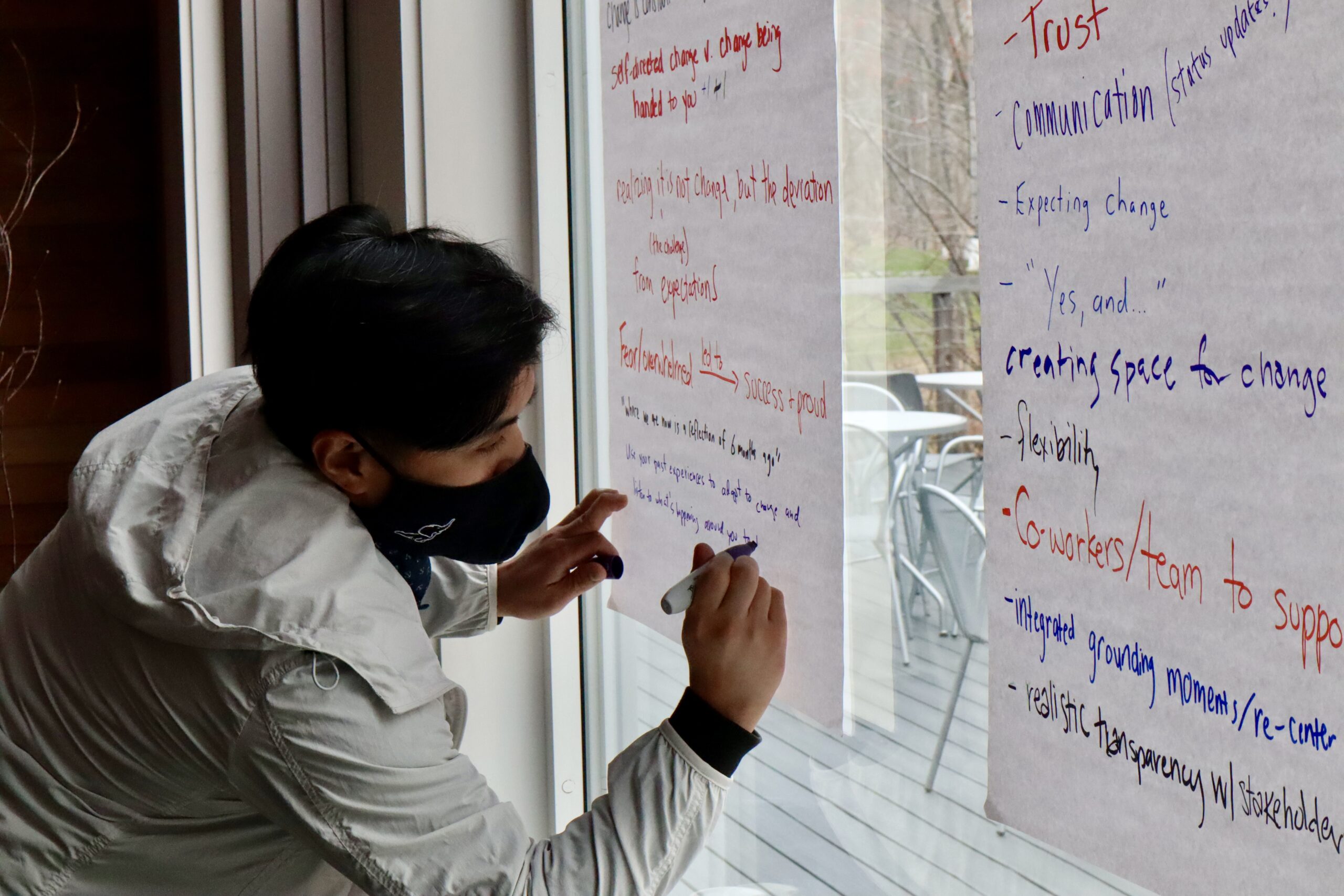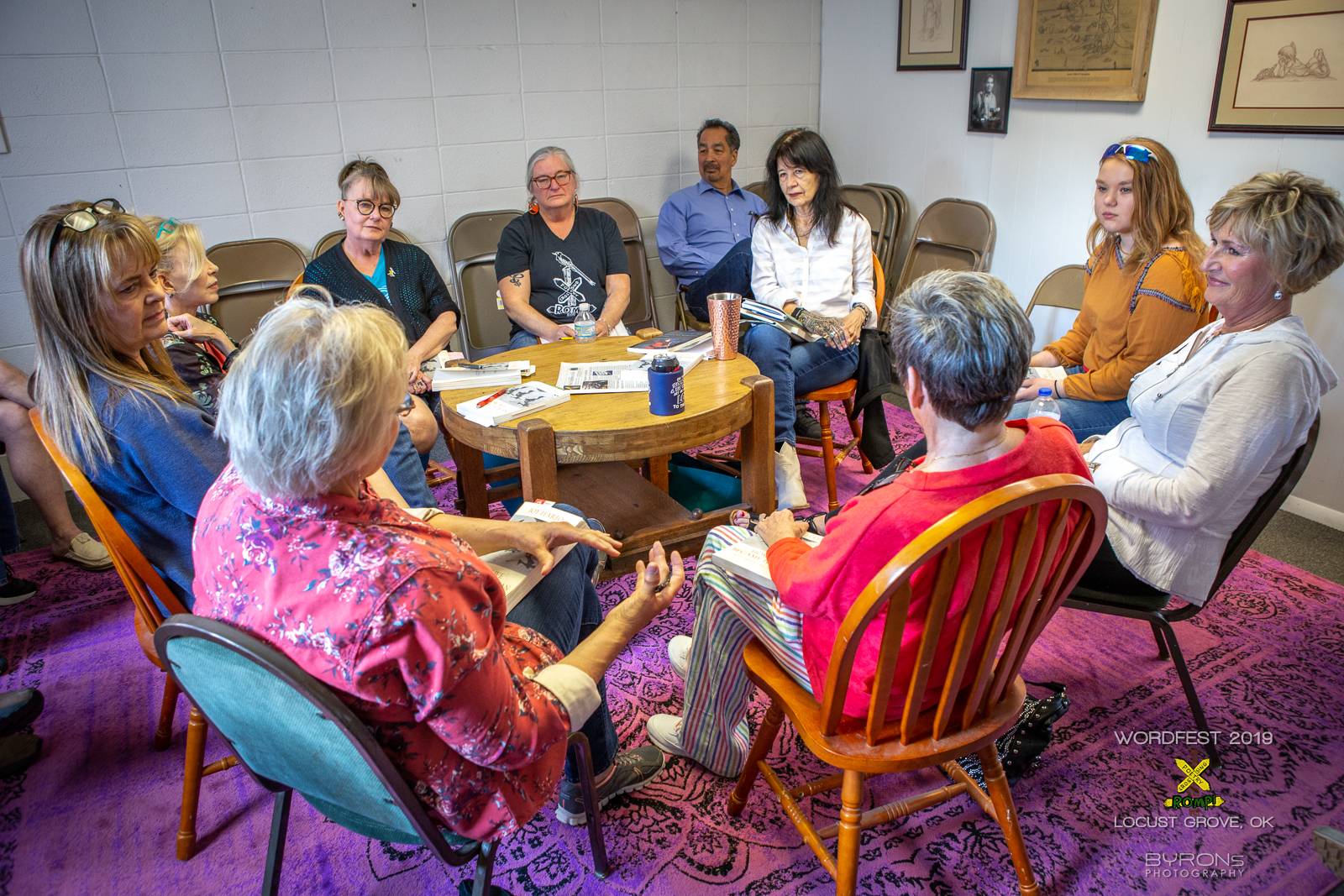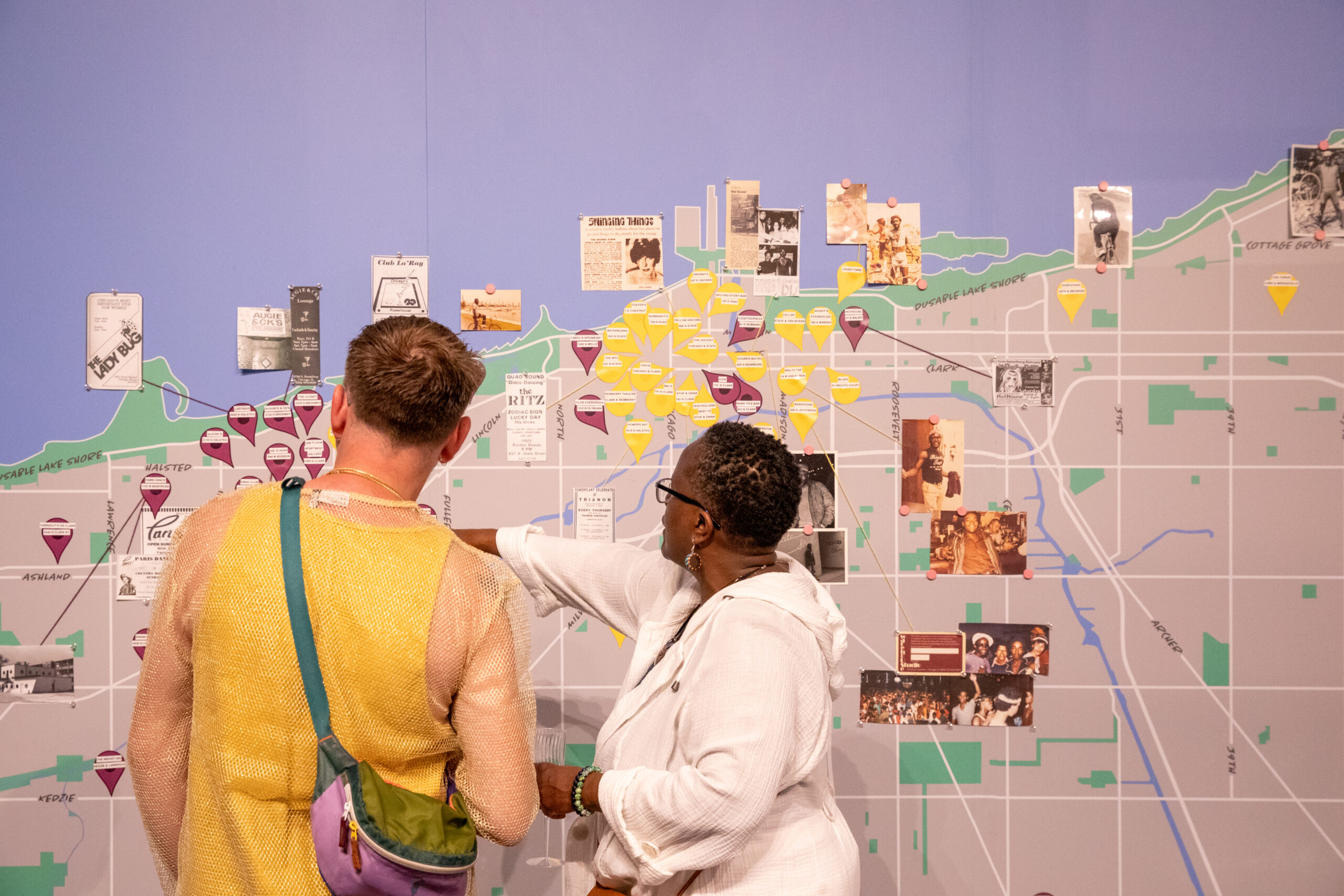Evaluation is often perceived as a compliance exercise—something you do to satisfy funders or stakeholders external to your organization. However, evaluation can be so much more. It can be an embedded approach to your work, helping your organization tell its unique story, showcase its impact, and foster growth.
Especially in the context of Indigenous and decolonial evaluation approaches (my area of experiences and expertise) stories can play a central role in shaping an organization’s legacy, guiding its mission, and providing pathways to transform the futures we are living into. In evaluation it is important to think about whose stories are prioritized, included, and valued.
For small arts organizations, evaluation can serve as a learning tool that amplifies creativity and deepens connections with communities. Evaluation doesn’t have to be intimidating; instead, it can create a space for curiosity, questions, and adaptation. By embracing evaluative thinking, leaders in the arts can engage in a learning journey that enriches the organization’s narrative, fulfills reporting needs, and strengthens internal processes and relationships with community and partners.
Creating a Structure for Storytelling in Evaluation
When approaching evaluation, one helpful question to start with is: “What is the story of your work that you are hoping to tell?” And “How might this be different then the story you are able to tell right now?” After answering these questions, reflect on your values, mission, and vision and assess how the essence of your work might be strengthened by thinking about the evaluation story you want to tell.
To begin crafting this evaluation story, consider a few guiding questions:
- Who are you working with (who is your community)?
- What activities and initiatives are you implementing?
- How do you do this work (what is the approach)?
- When and where does this work take place?
- What is different as a result of the work you lead?
- Why is this work important for your community and stakeholders?
The answers to these questions can help to identify where you might already be gathering meaningful data or where you might need to adjust. Consider: What is the specific impact you want to showcase and how can your evaluation of that impact align with the values that drive your work?

Deciding What’s Important: Using Prompts to Define Priorities
Leaders in small arts organizations can use a series of prompts to identify what is meaningful for evaluation. Here are some questions that can help you narrow down what to focus on:
- Who are the audiences for your evaluation? Consider the different needs of your community members, board, staff, and funders.
- What do funders need to see to continue supporting you? Reflect on how to balance funder requirements with authentic stories from your communities.
- What unique aspects of your program do you want to highlight? Think about how you can use evaluation to express these aspects creatively. In what ways can the story of your work shine through?
- What types of feedback or learning could guide your future work? Identify questions that would give you insights for improvement or innovation. Embedding evaluation with the purpose of being intentional, responsive, and iterative allows you to strengthen your work in an ongoing way.
These questions help define which metrics matter most and reveal the aspects of your work that contribute to long-term success and sustainability. Focusing on simple yet meaningful questions will create a more manageable and impactful evaluation process.
Examples of Simple Yet Meaningful Evaluation Questions
Once you’ve clarified your evaluation focus, you can begin designing questions that gather meaningful information without overwhelming your team or participants. Here are some examples of simple yet insightful questions for small arts organizations:
- How did this event make you feel connected to the community?
- What part of this program did you find most inspiring or memorable?
- What additional resources or activities would enhance your experience?
- How did this program impact your relationship with art and culture?
These questions can make space for valuable insights and stories that highlight the significance of your work. They can also make participants feel seen and valued, particularly if they see their responses directly shape future programming.
Putting it into Practice: Tools and Approaches
For small arts organizations, choosing accessible and straightforward tools is key. Online survey tools like Google Forms can be a cost effective option. SurveyMonkey is another low price option to support teams to gather feedback quickly. If your organization works in locations with limited internet access, consider using in-person paper surveys or having staff members with clipboards gather responses during events. This approach allows you to meet your community where they are, increasing engagement and response rates.
Consider how arts-based approaches might be incorporated into the gathering of stories. This can include writing or drawing on a mural, leaving sticky notes on a prompt wall, using a stack of photos in a photo elicitation exercise to help to share a story, hosting a conversation circle, or sharing a voice recording using a QR code.

What’s Next? Reflecting and Sharing Back
Evaluation feedback is more than just information; it can be a catalyst for change. Take time to reflect on the insights gathered and ask: What is this feedback telling us? What concrete actions can we make based on what we have heard? You might consider how the feedback can help you to adjust programs, improve communication, or strengthen community relationships. By integrating feedback into decision-making, you create a dynamic, responsive organization that continues to grow and thrive.
One of the most valuable steps in the evaluation process is sharing back what you’ve learned. By engaging in reciprocal communication, your organization demonstrates respect and accountability to the community, funders, and other partners.
Consider designing different brief story notes, reports, or presentations tailored to various audiences. For example:
- For funders: Highlight exciting learnings and stories that align with their priorities which might include demonstrating community impact or innovative approaches to arts programming using narrative, visuals, and graphics.
- For your community: Share stories, photos, or quotes that showcase their experiences and contributions and link this directly to how they are informing the choices you are making in your work.
- For internal use: Use evaluation insights to host staff reflections based on what is being learned. This can be used to guide team discussions on improving or expanding programs.
This process of sharing back closes the loop, fostering transparency and trust. It also allows your organization to celebrate achievements collectively, recognizing the contributions of everyone involved.

Growing Through Evaluation
Evaluation is not just about meeting external demands; it’s about creating a sustainable learning environment within your organization. When approached with curiosity and openness, evaluation can become a valuable tool that enhances your organization’s story, strengthens relationships, and guides decision-making.
Adopting evaluation practices can be intentional, reciprocal, and aligned with vision and values. By designing intentional evaluation practices, leaders can foster a culture of learning and continuous improvement that ultimately serves your mission and community. Embrace evaluation as part of your creative toolkit. It’s an opportunity to learn, grow, and share your organization’s journey in ways that matter.
